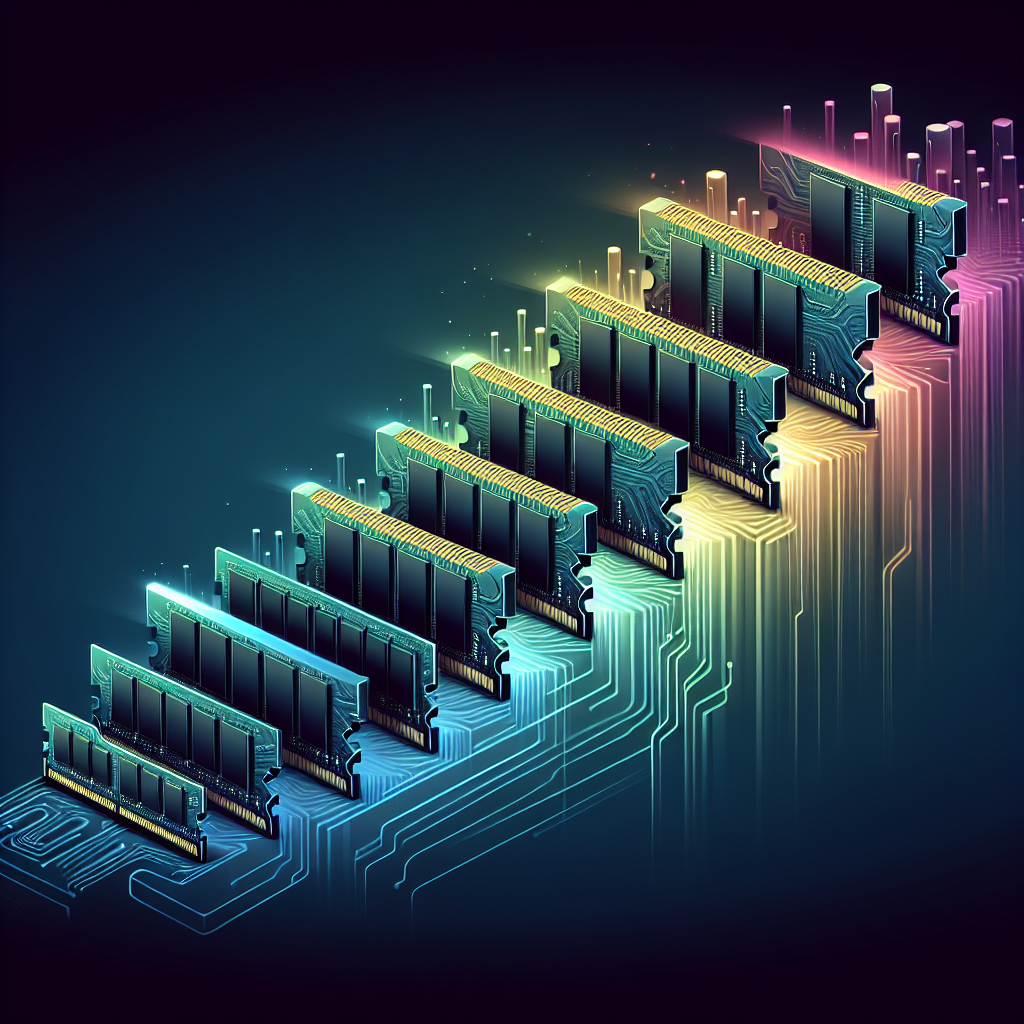In the world of computer technology, memory plays a crucial role in determining the performance and efficiency of a system. Over the years, there have been significant advancements in memory technology, with each new generation offering faster speeds, higher capacities, and improved power efficiency. One of the most notable advancements in memory technology has been the transition from DDR3 to DDR5.
DDR3, or Double Data Rate 3, was introduced in 2007 as the third generation of DDR SDRAM (Synchronous Dynamic Random-Access Memory). It offered a significant improvement over its predecessor, DDR2, with higher data transfer rates and lower power consumption. DDR3 was widely adopted in consumer and enterprise systems, ranging from desktop computers to servers.
However, as technology continued to evolve, the need for even faster and more efficient memory solutions became apparent. This led to the development of DDR4, which offered even higher data transfer rates and lower power consumption compared to DDR3. DDR4 was first introduced in 2014 and quickly became the standard for high-performance computing systems.
Now, the latest advancement in memory technology is DDR5. DDR5 offers even faster data transfer rates, increased capacities, and improved power efficiency compared to DDR4. With data rates reaching up to 8400 MT/s, DDR5 is poised to revolutionize the way we think about memory in computing systems.
One of the key advancements in DDR5 is the introduction of on-die ECC (Error-Correcting Code) functionality, which helps to improve data integrity and reliability. This feature is particularly important in mission-critical applications where data accuracy is paramount.
Another important feature of DDR5 is its increased capacity support, with modules available in sizes up to 128GB. This allows for greater memory scalability in high-performance computing environments.
In terms of power efficiency, DDR5 utilizes a new voltage regulator module (VRM) architecture that helps to reduce power consumption and improve overall system efficiency. This is particularly important in mobile devices where battery life is a critical factor.
Overall, the evolution of memory technology from DDR3 to DDR5 has been a testament to the relentless drive for innovation in the tech industry. With each new generation offering faster speeds, higher capacities, and improved power efficiency, DDR5 is set to revolutionize the way we think about memory in computing systems. As we continue to push the boundaries of what is possible in terms of performance and efficiency, DDR5 is leading the way towards a more powerful and efficient future.


Leave a Reply